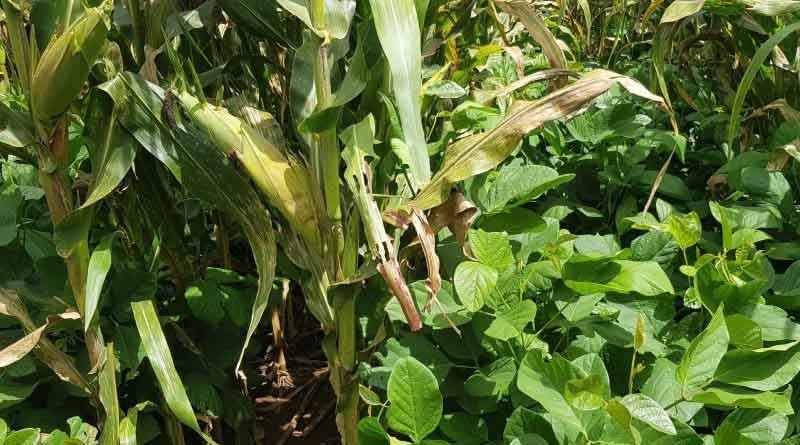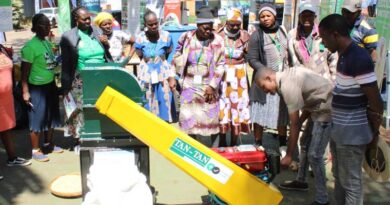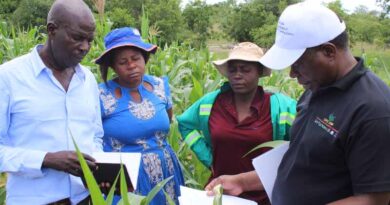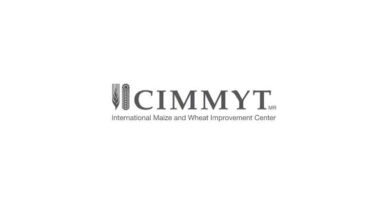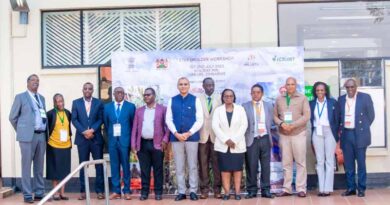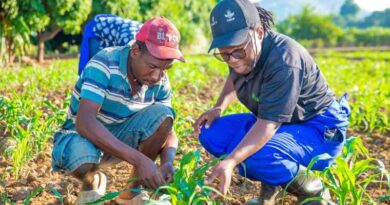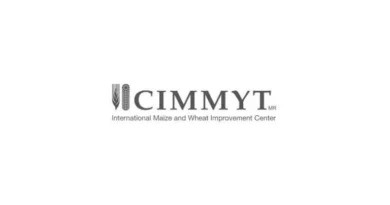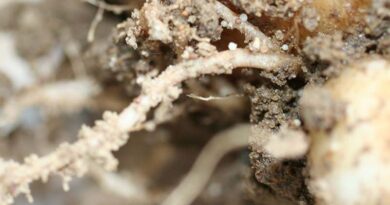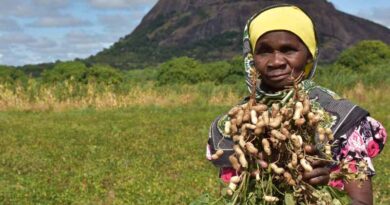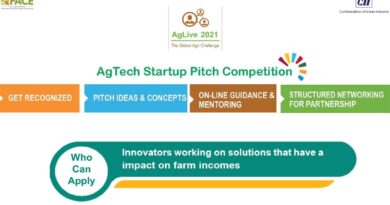LIPS Zimbabwe empowering farmers through innovative intercropping trials
27 November 2023, Zimbabwe: Since 2021, CIMMYT in partnership with ILRI, CIRAD, the University of Zimbabwe’s Department of Veterinary has been working in rural communities of Zimbabwe, as part of the Livestock Production Systems in Zimbabwe (LIPS-Zim) project. The activity is led by the Zimbabwe Department of Research and Specialist Services and is at the forefront of introducing new agricultural innovations to local farmers.
One of their most impactful initiatives has been the intercropping trials involving maize and various legumes including jack bean, mucuna, lab-lab and pigeon pea. This groundbreaking approach has not only transformed the lives of farmers but has also had a positive impact on the overall health of livestock.
Various leguminous fodder crops have been promoted widely as sources of high-quality protein feed in mixed crop-livestock systems of Zimbabwe. However, to diversify and increase the options for the drier regions, the LIPS-Zim project is testing new leguminous crops such as jack bean and pigeon pea which are well adapted to dry conditions.
Netsai Musekiwa, a farmer in the town of Mutoko, has been part of the LIPS-Zim project for the past two seasons, and is currently conducting intercrop trials with jack bean. “Since I started intercropping maize with jack bean, I have been amazed by the results and will continue on this path. The jack bean plants have shown strong tolerance to prolonged dry spells and heat stress,” she said. “Next season, I plan to extend my plot to harvest more jack bean.” These words of encouragement on intercropping maize with jack bean have also been largely echoed by many other farmers in Mutoko and Buhera during the feedback meetings held in October 2023.
What is intercropping and how beneficial is it to farmers?
Intercropping is an agricultural practice of growing two or more crops together on the same field simultaneously to maximize land use and enhance productivity. As different crops have different growth patterns and nutrient requirements, intercropping can help optimize resource utilization and boost overall crop output.
In addition, intercropping reduces the risk of climate induced crop failure as well as minimizing pest damage, enhances soil fertility by diversifying the root system and can provide additional income streams to farmers.
The science behind jack bean and pigeon pea
Jack bean (Canavalia ensiformis) and pigeon pea (Cajanus cajan) are leguminous crops valued for their nitrogen-fixing abilities which aides in improving soil fertility. Both jack bean and pigeon pea have deep root systems, making them ideal candidates for the dry semi-arid conditions in Zimbabwe.
Pigeon pea is known for its drought-tolerance and produces edible seeds used in various culinary dishes and is a source of both food and feed. Jack bean is used as a forage crop for livestock, providing nutritious feed.
“Jack bean seeds contain a toxic compound called canavanine, which can be harmful when consumed in large quantities or not properly processed. To make jack beans safe for consumption, it must be boiled, soaked, or fermented,” said Isaiah Nyagumbo, Cropping Systems Agronomist at CIMMYT. “We have introduced many farmers to best practices for handling jack beans and have opened up new possibilities for its utilization in sustainable farming practices.”
While some farmers were intercropping with jack bean, others explored pigeon pea as an alternative. “I liked the intercropping of maize and pigeon pea on my plot. I am assured of getting nutritious food both for my family and livestock. After harvesting, I usually take the branches, then put them in the shade and dry them to retain the nutritional value. I occasionally give some to my goats during the dry season when feed from natural pastures is scarce and my goat herd has risen to 12 goats,” said Fungai Kativu, a farmer in Mutoko.
Building capacity of local farmers
To narrow the knowledge gap and highlight the potential of such feed options, LIPS-Zim has also been spearheading the establishment of community level learning centers. These centers are a hub of knowledge to local farmers, providing practical knowledge, facilitating the sharing of different perspectives while nurturing working as groups with a common vision. This “farmer learns by seeing” approach has been a success in the community.
Through this initiative, farmers have not only witnessed increased productivity but have also gained the necessary skills and knowledge to adapt to the changing agricultural landscape. “Intercropping leguminous crops with maize has shown great potential in improving food security and livestock feed production in Zimbabwe’s farming communities, especially in areas prone to heat and drought,” said Nyagumbo.
Also Read: CO2-free hydrogen: BASF receives funding approval for 54-megawatt water electrolysis plant
(For Latest Agriculture News & Updates, follow Krishak Jagat on Google News)

